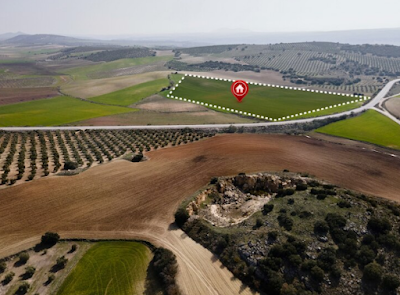How DGPS Surveys Are Performed in India? Precision of Geospatial Data Collection
In the field of geospatial data collection, Differential Global Positioning System DGPS surveys in India have become a vital technique for achieving accurate positioning and mapping. This blog explores how DGPS surveys are performed in India, highlighting the methods and technologies employed to ensure precise and reliable geospatial data.
Understanding DGPS Surveys
DGPS surveying companies in India utilize a network of reference stations to correct GPS signals, significantly enhancing the accuracy of positioning data. By comparing the GPS signals received at the reference stations with those received by a mobile receiver, errors caused by atmospheric disturbances and satellite clock discrepancies can be mitigated. This correction process allows for precise positioning measurements with sub-meter or centimeter-level accuracy.
DGPS Surveying Process in India:
In India, DGPS surveys are performed using the following steps:
Establishing Control Points
The first step is to establish control points across the survey area. These control points serve as reference locations with known coordinates. Typically, they are established using high-precision GPS receivers and surveyed using traditional surveying techniques such as Total Station or Real-Time Kinematic (RTK) GPS.
Reference Station Network
To perform DGPS surveys, a network of reference stations equipped with high-precision GPS receivers is established across the country. These stations continuously receive GPS signals and collect data on satellite positions and atmospheric conditions.
Mobile
Receiver Setup
The surveyor sets up a mobile receiver equipped with a DGPS receiver unit at the survey location. The mobile receiver collects GPS signals from multiple satellites while simultaneously receiving correction data from nearby reference stations.
Data
Collection
The mobile receiver records raw GPS measurements along with correction data received from the reference stations. This data is logged at regular intervals or continuously during the survey.
Data
Processing
Once the data collection is complete, post-processing software is used to process the collected data. The software applies the correction data from the reference stations to the raw GPS measurements recorded by the mobile receiver. This process eliminates errors and provides accurate positioning information.
Data Analysis and Mapping
The processed DGPS data is analyzed, validated, and integrated with other geospatial datasets. This integrated data is then used for mapping, surveying, infrastructure development, urban planning, and various other applications.
Advancements
in DGPS Technology
India has witnessed advancements in DGPS technology, leading to increased accuracy and efficiency in surveys. Real-Time DGPS (RTDGPS) systems are now widely used, allowing surveyors to obtain accurate positioning information on-site.
DGPS surveys have revolutionized geospatial data collection in India by providing precise positioning information with sub-meter or centimeter-level accuracy. Establishing control points, utilizing reference station networks, and employing advanced data processing techniques are key steps in performing DGPS surveys. With the continuous advancements in DGPS technology, India can leverage this technique for applications ranging from land surveying to infrastructure development, ensuring reliable geospatial data for informed decision-making.
For DGPS Surveying in Chennai, India and
around the globe, call MAPe IT Solutions at (+91) 9443338087 today.



Comments
Post a Comment